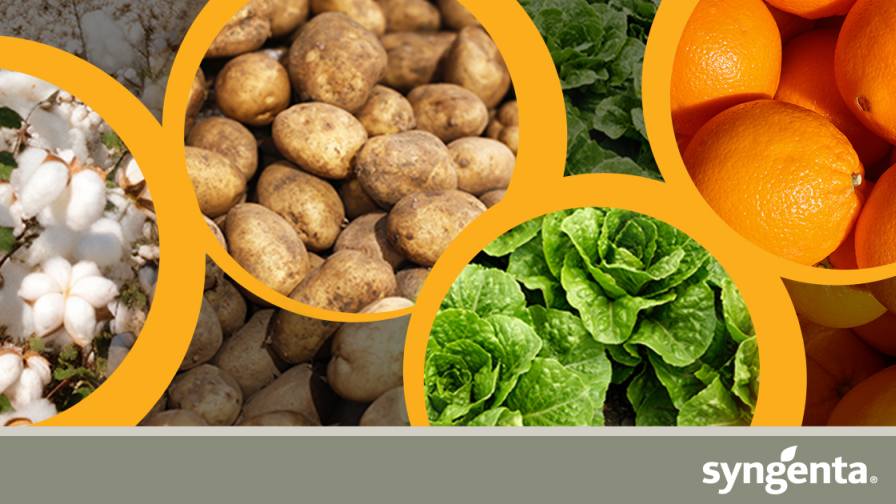India Forecasts Almost 9% Growth While Ag Production Falls
NEW DELHI, India — According to the Financial Times, the Indian economy — the third largest economy in Asia — is expected to post 8.75% growth in the coming fiscal year, the country’s finance ministry predicts. That growth, however, could actually be hampered by the country’s large agriculture industry.
The annual Economic Survey, led by Kaushik Basu, the government’s chief economic adviser, warned that food inflation — peaking at almost 18% for the week leading up to January 23 — was a “major concern.” This decade-high inflation, driven by soaring prices for pulses, vegetables and sugar, is a priority for India’s government, says Channels News Asia. Food prices were sent skyrocketing last year by the weakest monsoon rains in nearly four decades, which caused harvest shortfalls. The prices of some staple goods last year doubled from the previous year. Shubhada Rao, chief economist at India’s Yes Bank, told AFP sources that food price pressures are expected to ease by March, when winter crops enter the market.
Basu advocated for new policy initiatives to address failing agricultural growth; farm production has already fallen 0.2% this year. Agriculture makes up 17% of the Indian economy, while more than 60% of the country’s population relies on agriculture to make their living.
Part of India’s agricultural problems stems from trying to feed its population of 1.2 billion. The country’s recent ban on Bt brinjal, its first genetically modified (GM) food crop — supported by some small groups of farmers who predict it will increase yields and reduce pesticide use — is not helping to feed people or improve the agricultural economy. The debate over Bt brinjal has divided the nation since the government’s Genetic Engineering Approval Committee cleared the GM food crop for commercial release last October. It is up to the state governments to approve it, and ten of the country’s largest brinjal-producing states have already come out in opposition to the crop.
An economic investment rate of 34.9% has made India one of the world’s fastest growing nations, but that investment has not completely carried over to agriculture. Still, there is hope for India farmers growing Bt cotton, the only approved GM crop commercially cultivated in India. So much land is planted to the crop that it has made India the sixth largest GM-crop growing country, says RTT News.
Investment in India’s ag infrastructure, such as modern equipment, biotechnology, and crop protection products and nutrients is necessary for the country’s agriculture to catch up to India’s overall improving economy. India is home to several of the world’s largest agrochemical manufacturers, including top-ten post-patent manufacturers United Phosphorus and Rallis. With world food demand growing, agrochemical needs will also increase, which should give India’s economy a boost from other world ag communities.






